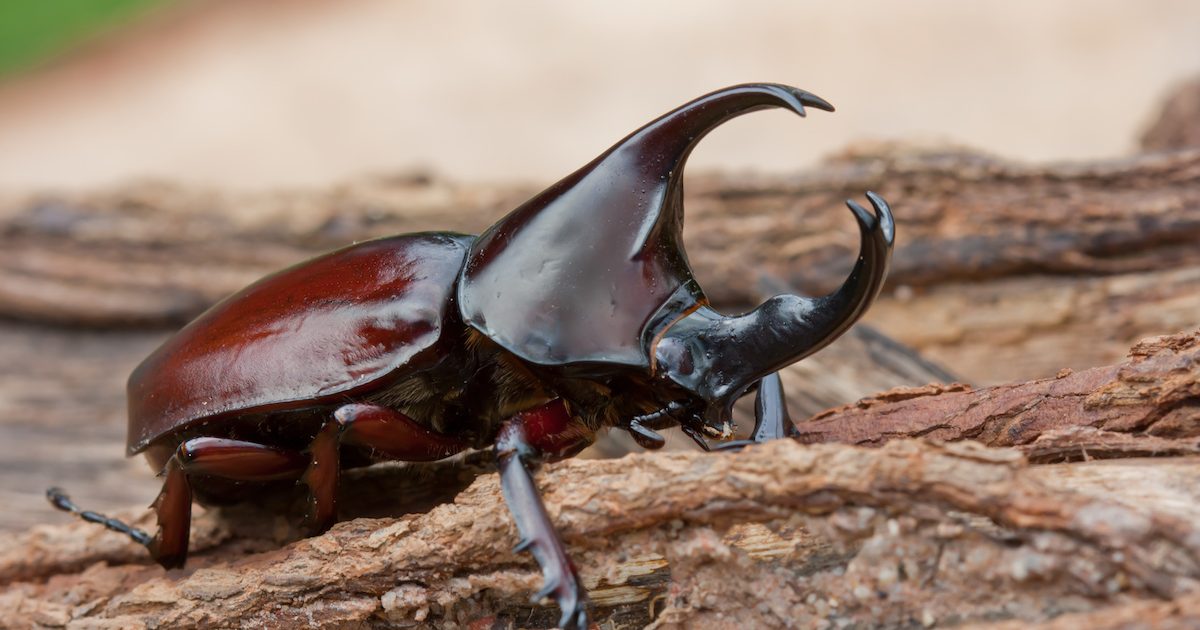Animal Superpowers: Extraordinary Skills in the Natural World
Nature is full of remarkable creatures with abilities that often seem like they belong in the realm of science fiction. These animal superpowers are the result of millions of years of evolution, enabling species to survive, thrive, and dominate in their environments.
This article delves into some of the most extraordinary skills in the natural world, showcasing the incredible adaptations that animals have developed.
The Master of Camouflage: The Cuttlefish
 Cuttlefish are often referred to as the chameleons of the sea, but their camouflage capabilities far surpass those of any terrestrial lizard.
Cuttlefish are often referred to as the chameleons of the sea, but their camouflage capabilities far surpass those of any terrestrial lizard.
These cephalopods possess an astonishing ability to blend into their surroundings almost instantaneously, thanks to specialized cells in their skin called chromatophores, leucophores, and iridophores.
How Camouflage Works
Chromatophores contain pigments and can expand or contract to change the color of the cuttlefish's skin. Leucophores reflect light, helping the cuttlefish match the brightness of its surroundings, while iridophores reflect light in a way that creates iridescent effects.
This combination allows the cuttlefish to create complex patterns and textures, making it nearly invisible to predators and prey alike.
The Science Behind the Skill
Recent studies have shown that cuttlefish can even mimic the polarization of light in their environment, adding another layer to their already sophisticated camouflage. This ability not only helps them avoid predators but also aids in hunting by allowing them to approach their prey undetected.
The Speed Demon: The Peregrine Falcon
 The peregrine falcon holds the title for the fastest animal on the planet. During its hunting stoop (high-speed dive), a peregrine falcon can reach speeds of over 240 miles per hour (386 kilometers per hour). This incredible velocity allows it to strike unsuspecting prey with immense force, often killing it instantly.
The peregrine falcon holds the title for the fastest animal on the planet. During its hunting stoop (high-speed dive), a peregrine falcon can reach speeds of over 240 miles per hour (386 kilometers per hour). This incredible velocity allows it to strike unsuspecting prey with immense force, often killing it instantly.
Adaptations for Speed
Several adaptations enable the peregrine falcon to achieve such high speeds. Their streamlined bodies reduce air resistance, while their powerful muscles and long, pointed wings provide the necessary thrust and maneuverability.
Additionally, they have specialized feathers that help reduce drag and maintain stability during high-speed dives.
Hunting Techniques
Peregrine falcons typically hunt birds, using their speed and agility to catch prey in mid-air. They spot their prey from great heights, then dive steeply, folding their wings to minimize drag. Just before impact, they extend their talons to deliver a fatal blow. Discover more about peregrine falcons here.
The Regeneration Marvel: The Axolotl

Mechanisms of Regeneration
Axolotls use a process called dedifferentiation, where mature cells revert to a more primitive, stem cell-like state. These cells then proliferate and differentiate into the various tissues needed to form a new limb or organ.
This regenerative capability is not only fascinating but also holds significant potential for medical research, particularly in the fields of regenerative medicine and tissue engineering.
Research Implications
Scientists are studying the axolotl's regenerative mechanisms to understand how they can be applied to human medicine. If we can uncover the genetic and molecular bases of this ability, it might one day be possible to enhance human regenerative capabilities, leading to breakthroughs in healing and recovery.
The Super Strength: The Dung Beetle
 While it may not look like a superhero, the dung beetle is incredibly strong relative to its size. Some species can move objects that are more than 1,000 times their own body weight. This is equivalent to an average human lifting a 70-ton object.
While it may not look like a superhero, the dung beetle is incredibly strong relative to its size. Some species can move objects that are more than 1,000 times their own body weight. This is equivalent to an average human lifting a 70-ton object.
The Role of Strength
Dung beetles use their strength to roll balls of dung, which they use as a food source and breeding ground. Male dung beetles also engage in intense battles over dung and mates, using their strength to overpower rivals.
Evolutionary Advantages
The immense strength of dung beetles is an adaptation that allows them to survive in competitive environments. By efficiently transporting and burying dung, they reduce competition from other scavengers and create a safe place for their offspring to develop. This ability to manipulate their environment showcases the incredible evolutionary pressures that have shaped these beetles.
Conclusion
The natural world is full of creatures with extraordinary abilities that inspire awe and curiosity. From the cuttlefish's unmatched camouflage and the peregrine falcon's unparalleled speed to the axolotl's remarkable regeneration and the dung beetle's super strength, these animal superpowers highlight the incredible diversity and ingenuity of life on Earth.
Understanding these abilities not only deepens our appreciation for nature but also drives scientific research and innovation. By studying these animal superpowers, we can uncover new knowledge that could lead to advancements in technology, medicine, and our understanding of biology. Nature's marvels remind us of the endless possibilities that exist within the natural world and inspire us to continue exploring and learning.
Reference
- Cuttlefish Camouflage
- Dung Beetles
- Pheromone Communication in Animals
- Neurotransmitters and Behavior
- Evolutionary Adaptations in Birds
- Biomechanics of Animal Movement
- Biodiversity and Ecosystem Stability
































